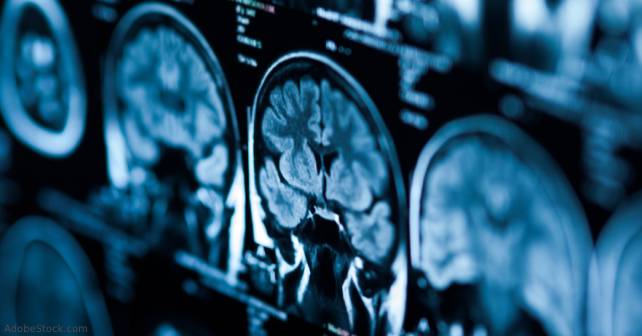
Pupils should be assessed in the prehospital setting after the patient has been resuscitated and stabilized, with the examination recorded and relayed to the receiving facility. When assessing pupils, the following should be examined for and documented:
Explore This Issue
ACEP Now: Vol 42 – No 10 – October 2023- Evidence of orbital and ocular trauma
- Comparison of left and right pupillary findings. Clinically significant asymmetry is defined as > 1mm difference in diameter
- Presence of unilateral or bilateral dilated pupil(s)
- Presence of fixed and dilated pupil(s). A fixed pupil is defined as < 1mm response to bright light
- Confounders to pupil exam[/sidebar]
TBI is a major public health concern and a leading cause of morbidity and mortality for both children and adults. There are at least 600 TBI-related hospitalizations and 175 TBI-related deaths per day.2,3 TBI outcomes are profoundly linked to the timing and quality of care provided before patients reach the hospital. Continuous cerebral blood flow is paramount and brief episodes of systemic hypotension, hypoxia, or inadvertent iatrogenic hyperventilation have been strongly associated with worse outcomes in both children and adults.4 Similar to out-of-hospital cardiac arrest, the actions of prehospital providers have enormous impact on survival and the degree of any long-term disability. Prehospital providers must be competent and proficient in both the recognition and the seamless management of TBI, as well as facile in determining the most appropriate receiving facility for the acutely brain injured patient.
Prognosis from brain injury results not only from the initial or primary injury, but also from secondary injury that occurs after the event, mainly, hypoxic/ischemic brain injury from under resuscitation or cerebral edema from the release of neurotoxic inflammatory mediators. These guidelines are designed to minimize secondary injury and thus maximize survival by addressing the actions that take place during that critical time from the primary event to arrival at the hospital.
This guideline revision is particularly timely as EMS systems have shown their abilities to dramatically improve survival and neurologic outcome after cardiac arrest, STEMI, acute stroke, and other time-sensitive conditions.
In creating these guidelines, the author team utilized a rigorous grading of the published evidence and provided detailed evidentiary tables that support the recommendations. Terminology used include Strength (rating of strong vs. weak) and Quality of Evidence (high, moderate, or low). These designations take into account not only the class of the evidence based on study design but also design flaws that weaken a study’s internal or external validity.
Pages: 1 2 3 4 5 | Single Page





One Response to “Brain Trauma Guidelines for Emergency Medicine”
April 9, 2025
Cristopher AstudilloMe pareció interesante. Una información bastante valiosa para el tratamiento de TCE.
Con cuerdo mucho con uno de los partidos que dice “El tratamiento inmediato del TCE, desde la APH da una buena probabilidad de vida a los pacientes” es algo fundamental para prevenir lesiones secundarias y mejorar el tiempo de recuperación del paciente.